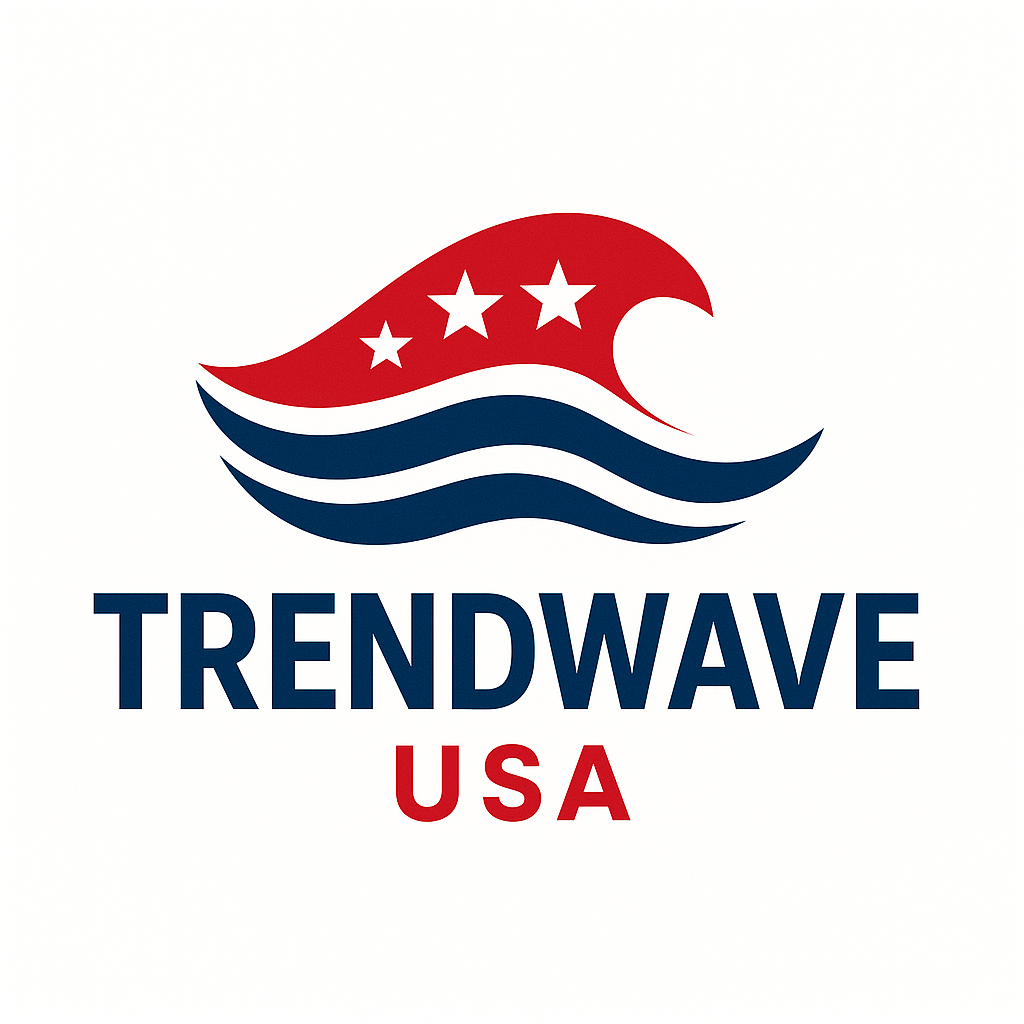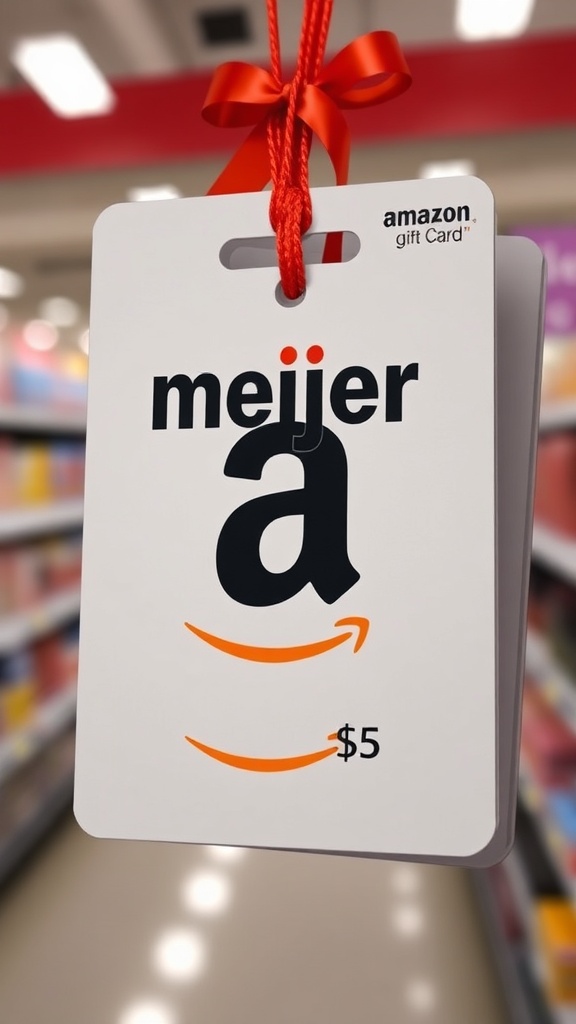Pinterest is a versatile platform that serves as a virtual pinboard, allowing users to discover, save, and share ideas across a myriad of interests. It functions primarily as a visual search engine, where images and videos are curated into collections known as “boards.” Each board can be themed around specific topics, such as recipes, home decor, fashion, or DIY projects, making Pinterest an invaluable resource for inspiration.
When users visit Pinterest, they can browse through millions of pins, each linking back to original sources like blogs, websites, or online shops. This feature not only drives traffic to external sites but also helps users find high-quality content tailored to their interests. Users can create their own profiles, follow others, and engage with content by liking or repinning. This interactive aspect fosters a sense of community, as individuals share ideas and experiences.
Moreover, Pinterest also functions as a marketing tool for businesses. Brands use Pinterest to showcase their products, promote blog posts, or share tutorials, effectively reaching a broader audience. With its focus on visuals, Pinterest allows companies to craft compelling visuals that attract potential customers. Through targeted advertising options, businesses can leverage user interest data to ensure their products reach the right demographics.
In addition, Pinterest’s advanced search capabilities allow users to refine their search results based on their needs. By typing in keywords, users can find pins that are most relevant to their interests, whether it’s a specific style of home decor or the latest fashion trends. This ability to customize searches enhances the overall experience on the platform.
In summary, Pinterest is not just a platform for pinning images; it is a thriving ecosystem of inspiration, discovery, and commerce that brings together users and businesses alike, creating a space where creativity flourishes.




